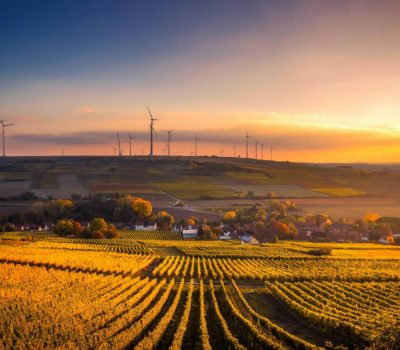Powering the Future: The World’s Largest Battery
In our quest for a sustainable and clean future, the development of large-scale energy storage solutions has become imperative. One of the most remarkable advancements in this area is the creation of the world’s largest battery systems. These energy storage facilities are reshaping the energy landscape and offering a glimmer of hope for a more reliable power grid.
In this blog post, we will explore the world’s largest battery. We’ll highlight its significance, technology and its impact on the way we generate and consume electricity.
Start of Mega Batteries
The journey towards creating the world’s largest battery began as a response to the intermittent nature of renewable energy sources like solar and wind. Whilst these sources offer green energy, they often generate power when it’s not needed. Energy storage systems, like batteries, provide a way to bridge this gap by storing excess energy when it’s abundant and delivering it when it’s needed the most.
In recent years, technological advancements have unlocked the potential to build mega batteries that can store and distribute massive amounts of electricity efficiently. The creation of these mega battery chemistry, grid modernisation, and the growing need for reliable renewable energy sources.
The World’s Largest Battery
In September 2016, a storm damaged critical infrastructure in South Australia causing a state-wide blackout. In response, Tesla installed the world’s largest lithium-ion battery, the 100MW Hornsdale Power Reserve – also known as “Tesla’s Big Battery”. It played a crucial role in stabilising the region’s power grid, providing fast response times to fluctuations in supply and demand.
However, Tesla’s record was soon surpassed by even more ambitious plans. In 2020, Vistra announced plans to build the Moss Landing Energy Storage Facility, set to be the world’s largest battery storage project. This project boasts a capacity of 400 MW / 1.6 GWh and it is expected to come online in phases. This has huge potential to revolutionise California’s energy landscape.
A New Era of Energy Storage Technology
The development of mega batteries has pushed the boundaries of energy storage technology. Whilst many of these systems rely on lithium-ion battery technology, on-going research and development are exploring alternative chemistries and storage mediums that could further improve efficiency, sustainability, and cost-effectiveness.
Another emerging technology is the use of thermal energy storage, which stores energy in the form of heat. High-temperature thermal storage systems, such a molten salt tanks, can store energy for extended periods and release it as needed. This makes them suitable for grid applications and industrial processes.
The Economic Impact
The construction and operation of mega batteries has significant economic implications. These projects can create jobs, stimulate local economics, and attract investment into clean energy infrastructure. Furthermore, they reduce the overall cost of electricity by increasing grid efficiency and reducing the need for expensive peaker power plants and grid upgrades.
These mega batteries are reshaping the way we generate, store, and consume electricity, with a focus on integrating renewable energy sources. As well as this, it will improve grid stability and enhance overall energy efficiency.
As technology continues to advance, we can expect even larger and more sophisticated battery storage to emerge. These innovations will play a pivotal role in accelerating the transition to a cleaner and more sustainable future.
At Visuna, we specialise in renewable energy recruitment wherever in the world the project may be. Contact us today to find out more and be part of this exciting journey within the battery industry.






